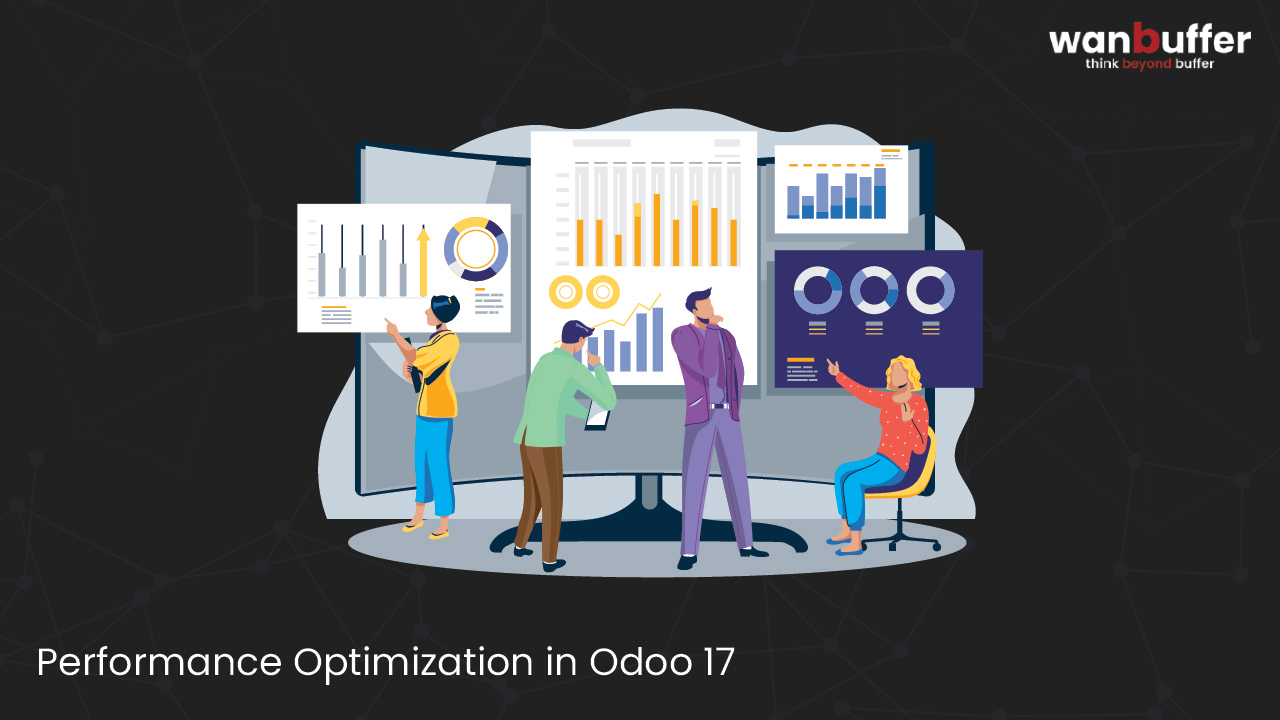
If you use Odoo but it’s not quite meeting your expectations, you may use these simple tactics to help you obtain what you want from the well-liked company management software.
When examining your deployment architecture, be sure to activate “multi-worker.”
Limits will be enforced, processes will be recycled, performance will be improved overall, and adjustments will be synchronised. Worker processes typically run at a rate of 1 per CPU core, increased for recycling.
The minimum number of employees is 6, and the maximum number should be determined by dividing the amount of dedicated RAM that the worker soft memory limit uses. If you evaluate this equation, you could discover that you need additional RAM or that your soft limit must be raised.
Setting up a reverse proxy in front of Odoo with SSL termination, Gzip, serving static files, load balancing, and blocking access to the database manager is one way to increase the speed of Odoo.
You can speed up your CPU, RAM, and I/O on the backend. To enhance performance on the front-end (HTTP), you may also increase speed and the number of cores.
Establish a performance baseline that takes into account factors like the number of transactions per minute handled by PostgreSQL, the number of requests per minute and the average duration handled by Odoo, the response time and IPOS handled by the disc, the load, the I/O wait, and the memory handled by the system, and the connections and bandwidth handled by the network.
Set up limit warnings to assist you recognise when performance could be in danger. Munin is a resource that is recommended for use in the performance baseline monitoring procedure.
Regular updates should be made to deployment.
Verify your server settings for PostgreSQL. Utilising log_min_statement_duration=500, analyse sluggish log queries.
Use EXPLAIN ANALYSE query> to check the plan, check statistics and vacuuming, and carefully construct missing indexes.
Install pg_activity so you can monitor the system while it’s operating and sample it. Using pg_Activity, you may execute, wait, or stop queries, measure read/write speed, pause, or terminate queries as necessary, and assess CPU, memory, and load.
Continue sampling the system while it is functioning after that. To remove the worker stacks, send SIGQUIT. These may be sent quickly from htop and repeated to examine ongoing transactions.
Deployment optimisation is a continuous performance improvement method. If you are now suffering performance issues or have previously suffered performance issues, you may want to set aside time to accomplish this, making sure it is kept as a priority.
By using these three straightforward techniques and Odoo, starting a performance research is simple.
Make sure your deployment has all it needs to provide the performance promised as you scale. No matter what is going on elsewhere, your system will be under pressure if any one component is less than the set need.
You find out where things are going wrong, make sure you put up accurate monitoring. Finally, always update, sample, and optimise. Odoo seldom has performance difficulties, but if/when they do, you should concentrate on these three areas.
Wan buffer services thrilled to be part of Odoo Community Days India 2024! Mark your calendars for August 23-24 to engage with industry leaders and discover the latest in Odoo technology and solutions. See you there!